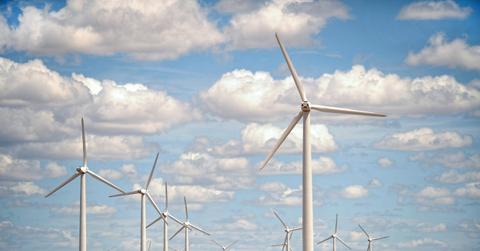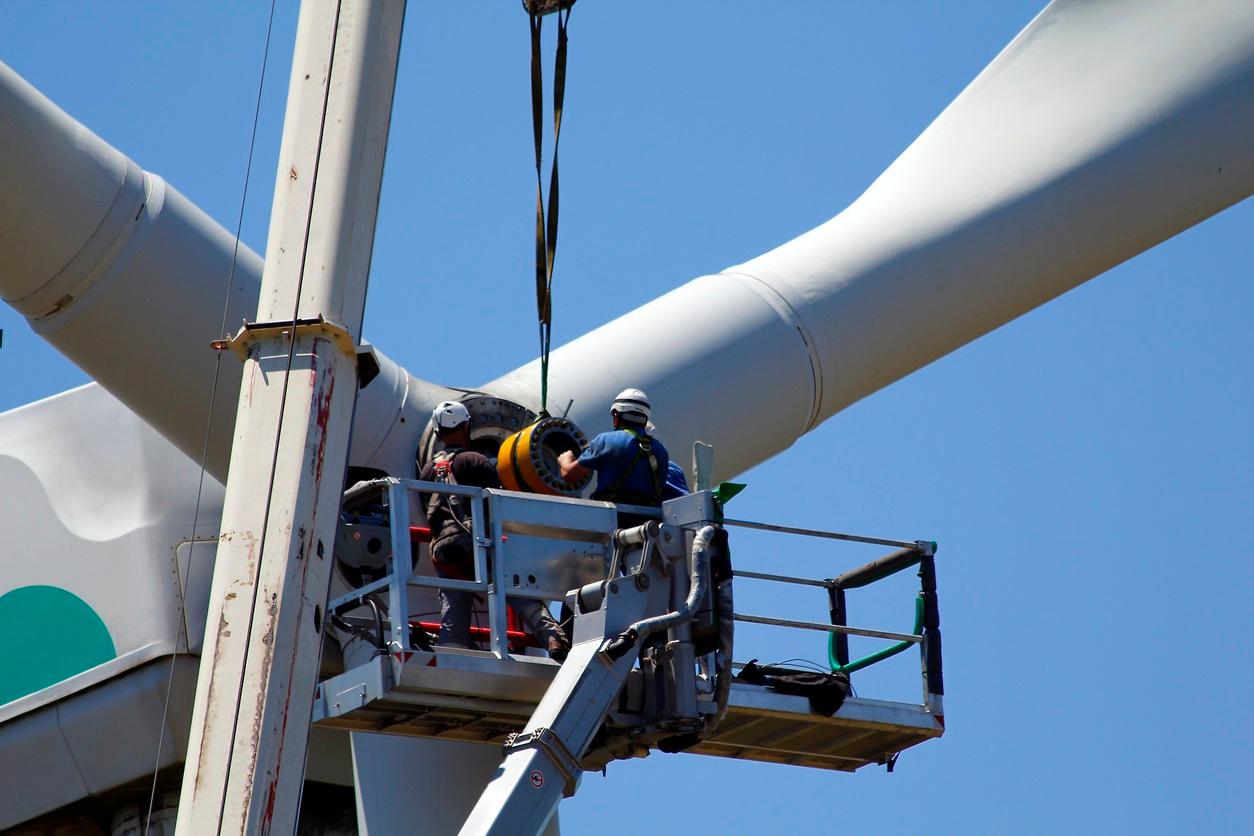Traditional Energy Sees Decline In Texas As Wind Power Dominates The State
Wind energy faces a problem: energy demands are highest in middle of the day, but wind usually blows strongest at night. In Texas, however, strong midday gusts are making it difficult for natural gas to compete with wind power.
Updated May 26 2019, 7:25 p.m. ET
Wind has long been thought of as a promising source of renewable energy. But harnessing the wind's power, particularly when it is most needed, has always been a challenge. Around the world, energy demands are strongest in the middle of the day, when people are most active. Yet wind tends to blow more strongly in the middle of the night. New battery technologies have sought to solve this problem, but for the moment it continues to hold back the development of wind power in many places.
But not in Southern Texas. Due to a phenomenon known as convection currents, wherein gaps between water and sea temperatures create strong gusts of wind, Texas is consistently windiest at just the perfect time--the very middle of the day. This discovery has allowed wind farms, such as those owned by Apex Clean Energy Inc. and Avangrid Inc. to flourish, and to cut in on the midday profits of natural gas companies in the state. Such companies are now profiting far less than normal, and some, including Calpine Corp., NRG Energy Inc., and Exelon Corp. have postponed or scrapped expansion plans that had been made before the appearance of the wind turbines.
According to Paul Patterson, a utility analyst at Glenrock Associates LLC in New York, wind power "is a disruptive technology and it’s increasing. That’s a problem for other resources that are competing in that market."
Patterson could have a point, as about a fifth of energy in Texas is now supplied by wind farms. But if the natural gas companies couldn't predict the success of the incoming wind farms, then how did clean energy companies catch on to the potential?
As it turns out, their success was due in part to talking to wind experts already living in the area--namely the numerous windsurfers who populate Texas's Gulf Coast. According to Randy Rhodes, the manager of Worldwinds Windsurfing Inc., windsurfers have known for years about the convection currents (or "thermal winds") that are making wind energy as successful as windsurfing in the area.
"When the land heats up during the day, the difference in temperature sucks the colder air from the Gulf to the land, and that’s when we get the stronger wind. We’ll get a bump in the afternoon of another five miles per hour or so because of that thermal.", Rhodes explained.
Of course, clean energy still faces challenges, even in places like southern Texas, where conditions are ideal.
"It’s just a perfect place to develop a wind resource," said Jeff Ferguson, senior vice president of development at Apex. But he admits, waterside property is expensive, even for large clean energy companies. And without such property, creating more productive wind farms is difficult.
"It’s pretty slim pickings right now. God is not manufacturing more coastal property."
Solar energy is also catching on in Texas, thanks to the state's abundant sun. They say that everything is bigger in Texas, but it's far from the only U.S. state undergoing a clean energy revolution of sorts. In fact, clean energy is becoming a powerful nationwide trend.
According to a Bloomberg New Energy Finance outlook, the cost of renewable energy is dropping so steadily that gas will never become the world's dominant fuel. If things continue as they are, the report predicts that by 2040, renewable energy such as solar and wind power will supply just as much electrical energy to Americans as gas currently does.

